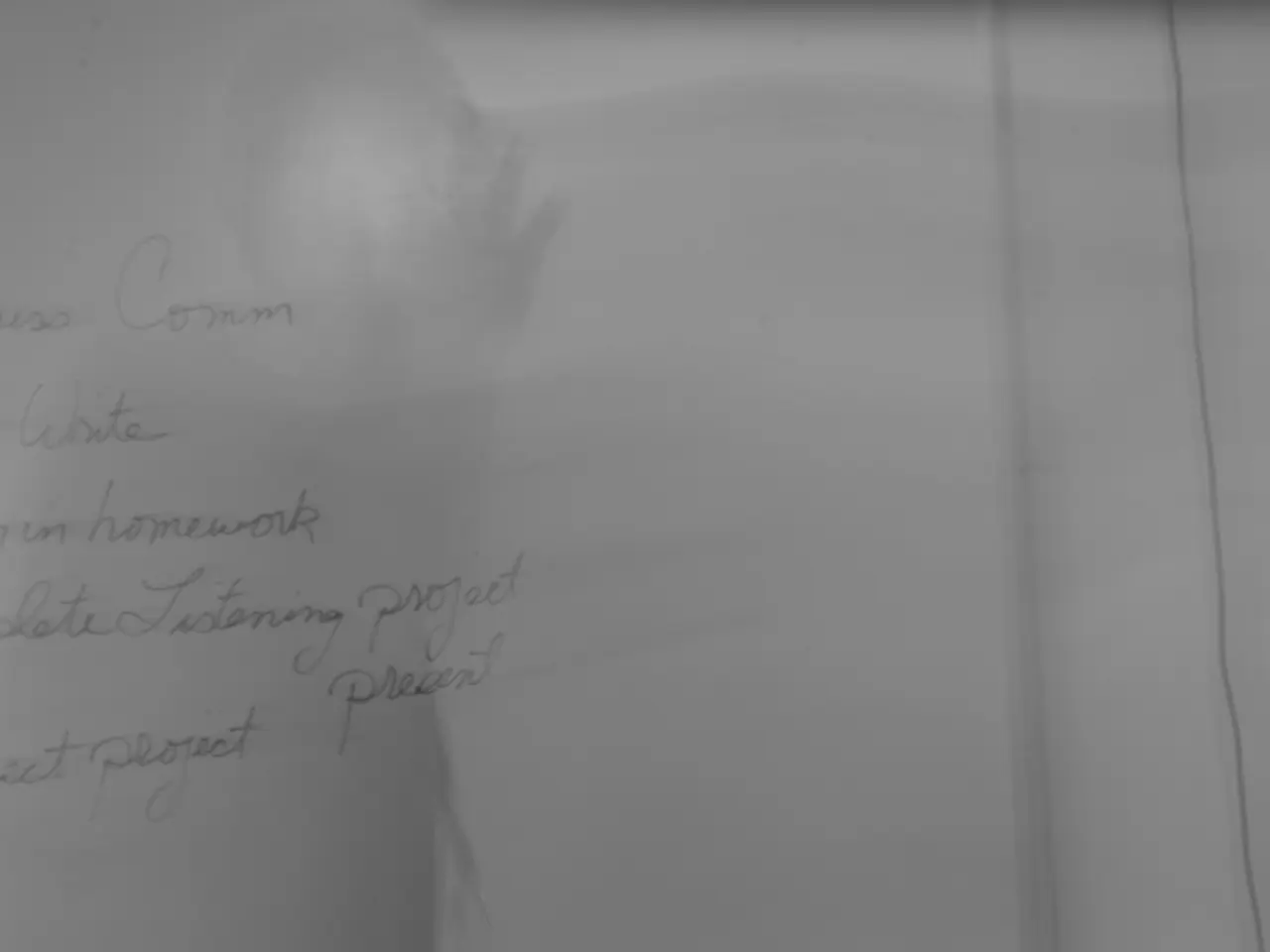YouTube's Artificial Intelligence begins to identify teenage viewers, while earlier restrictions on profanity within videos are relaxed.
YouTube is enhancing its profanity handling in creators' videos and rolling out AI-based protections for users identified as teenagers. The new system uses machine learning to analyze various signals to estimate whether an account belongs to someone under 18.
The AI looks at factors such as the longevity of the account, the types of videos the user searches for, and the categories of videos they watch frequently. Based on this data, it infers the user's age and applies age-appropriate content filtering and protections automatically.
When the AI considers an account to be a teen user, protections that may be activated include disabling personalized advertising, enabling digital wellbeing tools, and adding safeguards to recommendations, which can include limiting repetitive viewing of certain content types. This approach aims to tailor the YouTube experience to better suit younger viewers, restricting access to inappropriate content without relying solely on the birthdate information provided by the user.
If a user is wrongfully flagged by the AI as under 18 — for example, an adult mistakenly classified as a teen — YouTube implements safeguards whereby the account holder will be required to verify their age. This step acts as a "key in the lock" to unlock full adult access once age proof is provided, preventing incorrect restrictions from persisting.
In addition to these changes, YouTube has also made adjustments to its livestreaming policies. If a user under the age of 16 is livestreaming, an adult must be visibly present throughout the entire stream.
These changes mark a shift from two years ago, when such content was not eligible for ad revenue. Creators who swear within the first seven seconds of their content will now be eligible for full ad revenue.
The rollout of these protections will begin over the next few weeks, initially for a small set of U.S.-based users. This system is designed as a complement to user-provided age information, adding an AI layer to improve age-appropriate content delivery and safety on YouTube.
Key Points
- YouTube's AI-based protection system for teenagers works by using machine learning to analyze various signals to estimate whether an account belongs to someone under 18.
- When the AI considers an account to be a teen user, protections that may be activated include disabling personalized advertising, enabling digital wellbeing features, and adding safeguards to recommendations.
- If a user is wrongfully flagged by the AI as under 18, they will be required to verify their age to regain full access.
- If under the age of 16, a livestream on YouTube requires an adult to be visibly present throughout the entire stream.
- This system is designed as a complement to user-provided age information, adding an AI layer to improve age-appropriate content delivery and safety on YouTube.
- The new system on YouTube, employing machine learning, infers a user's age by examining factors such as account history, video preferences, and search patterns.
- When the AI deems an account belongs to a teenager, YouTube responds by implementing safety measures like disabling personalized advertising, enabling digital wellbeing tools, and imposing safeguards on recommendations.
- If erroneously flagged, adult users can regain full access by verifying their age, serving as a precautionary measure to prevent incorrect restrictions from persisting.




